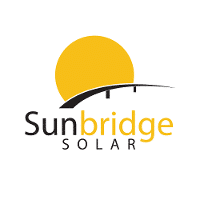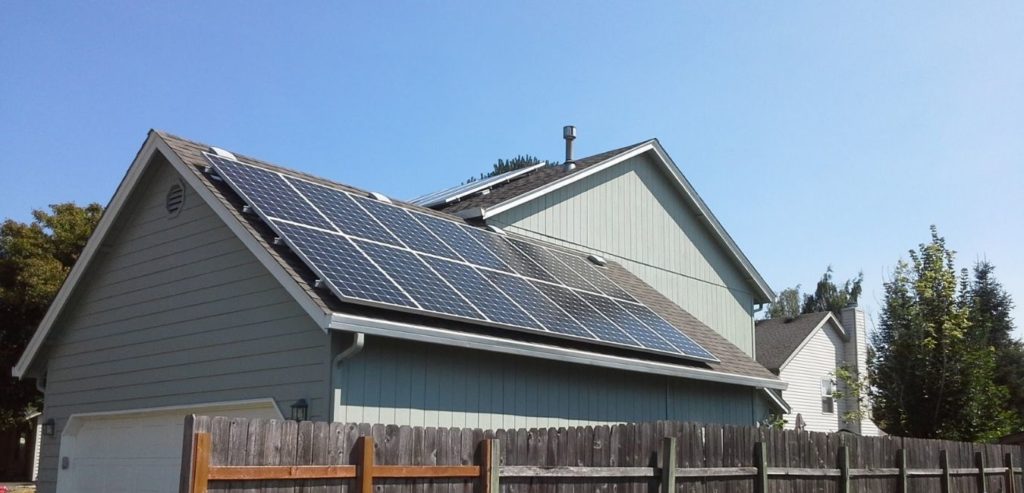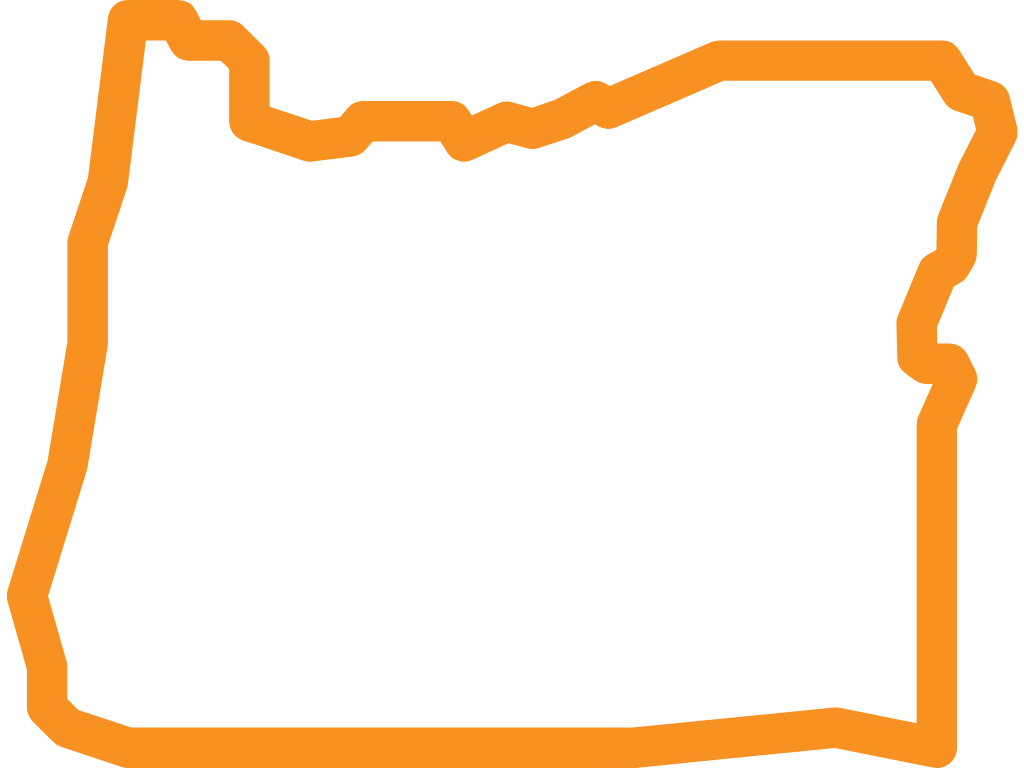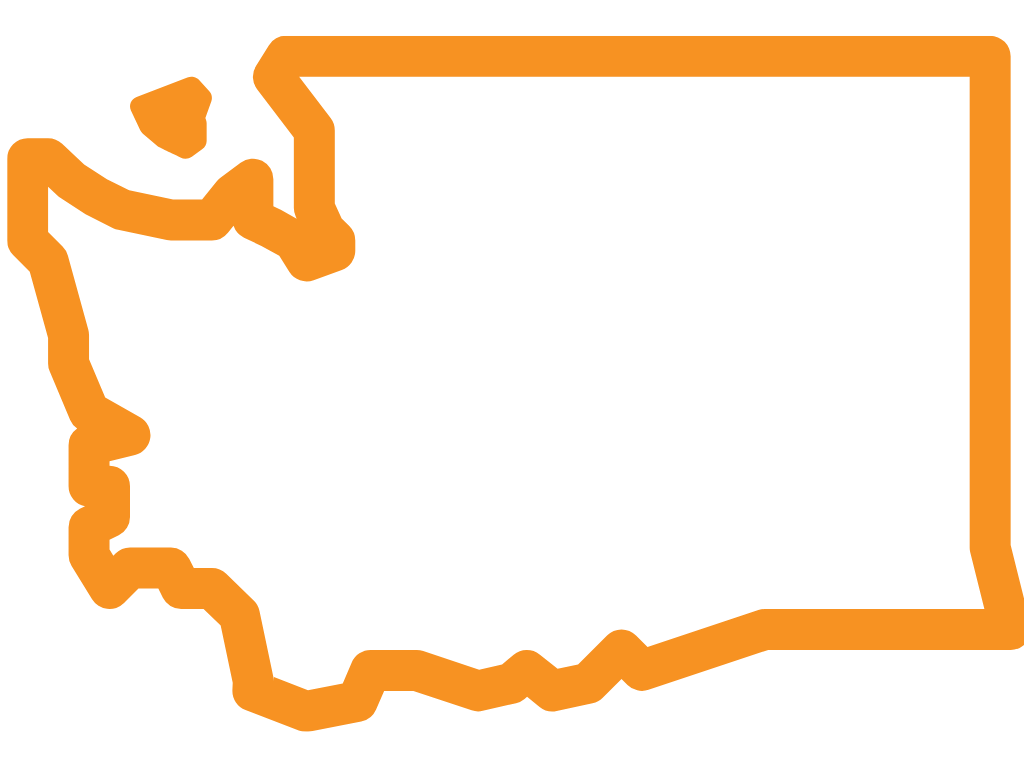Thanks to smart solar panel incentives, improved technology, and solar-friendly utility programs, Oregon and Washington state is now one of the fastest-growing solar markets in the United States (Source: Forbes.com).
In this article, we will go over 3 reasons why solar power works in cloudy areas of Oregon and Washington State. Learn why solar is a smart financial investment, today.
Or you may skip reading and have a local solar estimator call (or text) you to discuss switching to solar electric. In about 15-minutes, you can get a better sense whether making the switch fits with your life goals.
Summers in Oregon and Washington state are sunny and clear. Daylight hours can stretch from about 5 AM to 10 PM. These long, clear sunny days produce large amounts of solar energy. The solar panels then provides free, clean energy for your home or business.
When you produce more solar energy than you need you will send power back into the utility grid. This is called net-energy metering, or NEM. This allows your utility to reduce the number of fossil fuels needed to produce energy (see Reason 2).
Western Oregon and Washington are famous for their long, rainy winters. However, during the summer the long, sunny skies make solar power a more attractive financial investment.
Read More: Does Solar Work in the PNW Winter?
The summer is the best time for solar power in Oregon and Washington and net energy metering (NET metering). When your home is producing more solar power than it is consuming, the excess electricity is then used by your neighbors!
As you produce more excess energy, you will be rewarded more energy credits throughout the year. You can think of this as “spinning your meter backward.” The below image shows how net energy metering works.

Northwest summers are so long and cool, so it’s possible to produce more energy than you consume. In this case, the energy credit passes to the following month(s) so you can use it in the cloudy winters. Your electric utility must credit you for any extra solar power you produce at the same rate that they charge you.
You may be eligible to install solar power on your summer home and apply for the energy credits to the home you most use. This is a great way to add value and sustainability to your investment properties. Contact us today to learn more about solar for your summer home.
Throughout Oregon and Washington, we have some of the most supportive solar incentives in the United States. You can offset up to 80 percent of your initial solar panel investment.
Solar incentives are a combination of cash-incentives and state and federal tax credits. When combined you may see a payback as quick as 6 to 10 years on equipment warrantied to produce power for 25 years. And don’t forget paying little to zero dollars every month on your power bills.




